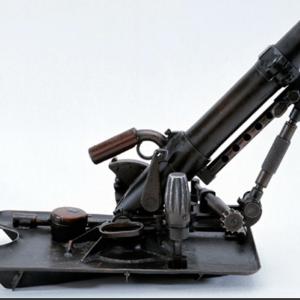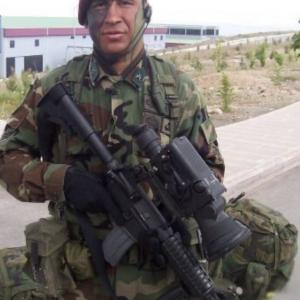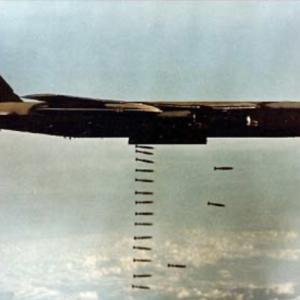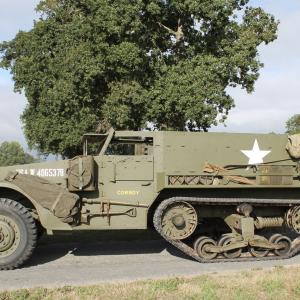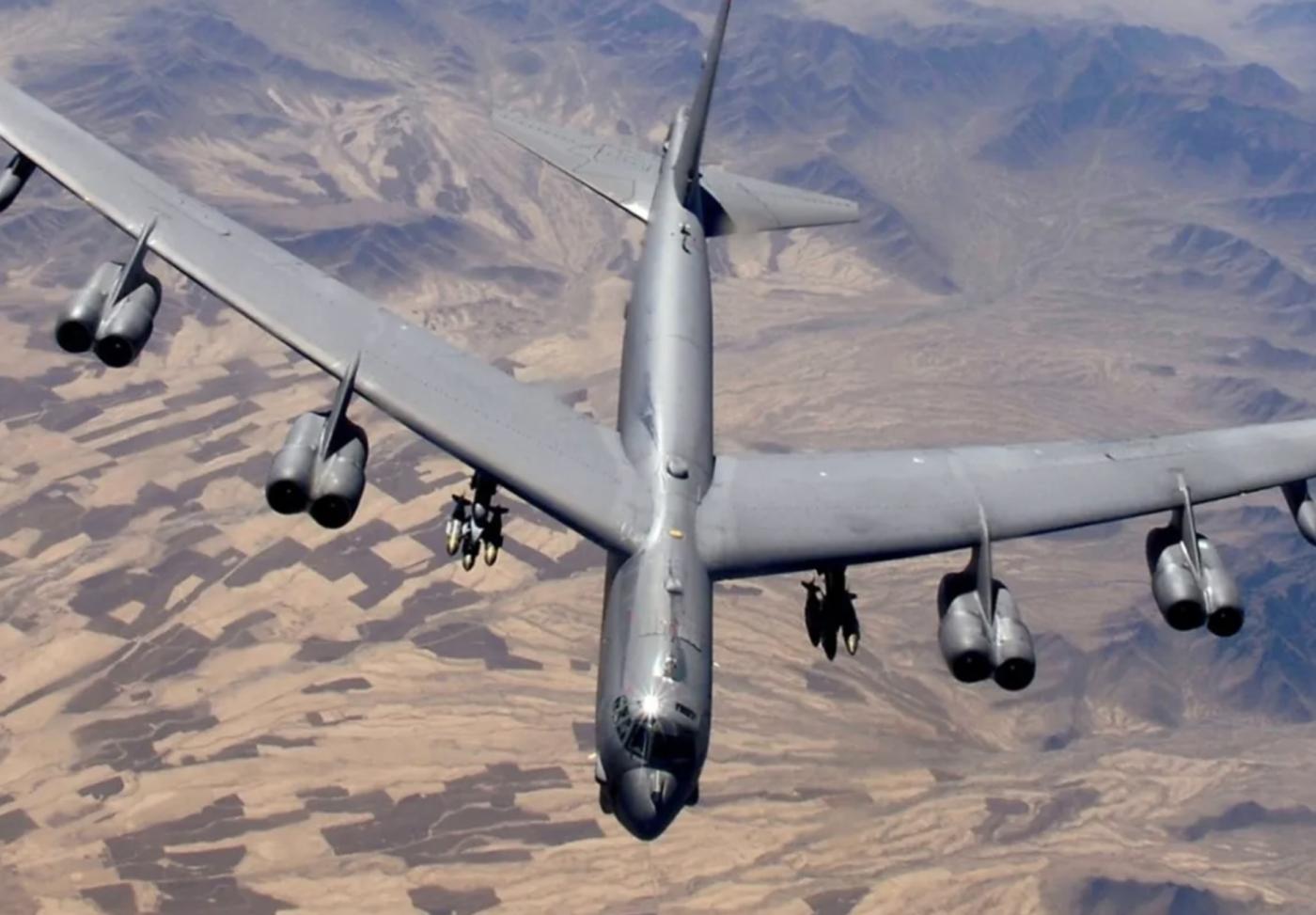
B- 52 Bomber
The Boeing B-52 Stratofortress is a long-range, subsonic, jet-powered strategic bomber that has served as one of the most iconic military aircraft in aviation history. Originally developed in the early years of the Cold War, the B-52 has been a central element of the United States Air Force's global strike and nuclear deterrence capability for more than seven decades.
The development of the B-52 began in 1946 when the U.S. Air Force requested a high-speed, long-range bomber capable of delivering large payloads, including nuclear weapons, to targets deep within enemy territory. Boeing, an aerospace company based in Seattle, responded with a design that evolved significantly over several iterations. Initially envisioned as a turboprop-powered aircraft, the concept shifted to a fully jet-powered platform by the early 1950s. The turning point in the B-52's design came with the Model 464, which introduced swept wings, jet engines, and an airframe optimized for long-range strategic missions. After extensive prototyping and redesigns, the first B-52A took to the skies on April 15, 1952, piloted by Boeing test pilot Tex Johnston.
Several individuals played vital roles in the aircraft's development. Ed Wells, Boeing’s chief engineer, oversaw the overall design and engineering of the aircraft. George Schairer contributed key aerodynamic innovations, including the decision to adopt swept wings to improve speed and fuel efficiency. General Curtis LeMay, a senior U.S. Air Force officer, was instrumental in shaping the operational requirements and advocating for the bomber's potential as the cornerstone of American nuclear deterrence strategy.
The B-52 is a large, swept-wing aircraft designed for intercontinental bombing missions. It has a wingspan of 185 feet and a length of over 159 feet. Standing at more than 40 feet tall, it is an imposing presence on any airfield. The early models were equipped with Pratt & Whitney J57 turbojet engines, while the B-52H variant, the final version to be produced, uses TF33-P-3 turbofan engines. These engines provide improved range, fuel efficiency, and maintainability over previous powerplants.
The aircraft has a maximum takeoff weight of 488,000 pounds and a range of approximately 8,800 miles without aerial refueling. Capable of flying at altitudes up to 50,000 feet and speeds approaching 650 miles per hour, the B-52 is effective in penetrating deep into contested airspace. Although not supersonic, its high-altitude cruising capability and endurance make it a formidable strategic platform.
One of the aircraft’s greatest strengths is its payload capacity. The B-52 can carry up to 70,000 pounds of mixed ordnance, including conventional bombs, precision-guided munitions, mines, and nuclear weapons. Internally, it features a large bomb bay, and additional weapons can be carried on pylons beneath its wings. In later versions, the aircraft was modified to deploy air-launched cruise missiles, such as the AGM-86, allowing it to strike targets from well outside hostile air defenses. Over time, it has also integrated smart weapons like the JDAM, giving it pinpoint strike capabilities.
Originally designed as a nuclear bomber, the B-52 found its first major operational role during the Cold War as part of the Strategic Air Command. The aircraft routinely flew long-duration missions, sometimes with live nuclear payloads, as part of deterrence operations. Programs like Operation Chrome Dome involved B-52s maintaining constant airborne alert to ensure a rapid response in case of a Soviet first strike. The mere presence of the B-52 in the air, fully armed and ready to retaliate, was a key component of the United States' nuclear triad strategy.
The Vietnam War marked a shift in the B-52’s role from a strategic to a tactical bomber. Flying out of bases in Guam and Thailand, B-52s were used extensively in bombing campaigns such as Operation Arc Light and Operation Linebacker II. These missions involved high-altitude carpet bombing of enemy positions and infrastructure, making the B-52 a central force in U.S. military operations in Southeast Asia. The aircraft’s ability to deliver massive payloads over long distances proved invaluable, despite the evolving threats posed by surface-to-air missiles and enemy fighters.
In the years following Vietnam, the B-52 continued to serve in a wide range of roles. During the 1991 Gulf War, B-52s flew long-range missions from Diego Garcia to strike Iraqi positions with both conventional bombs and precision-guided weapons. They contributed nearly half of all munitions dropped by coalition forces. In the post-9/11 era, B-52s participated in military campaigns in Afghanistan and Iraq, often loitering overhead for hours and delivering timely air support. Their presence during Operation Enduring Freedom and Operation Iraqi Freedom demonstrated their continued relevance, especially in scenarios requiring persistent airpower and the ability to deliver multiple types of munitions.
More recently, B-52s have been deployed in operations against ISIS and have conducted global presence missions intended to reassure allies and deter adversaries. They remain a flexible tool of U.S. military strategy, capable of transitioning between nuclear deterrence and conventional warfare roles with ease.
The B-52 was designed and manufactured by Boeing at its facilities in Seattle, Washington, and later at plants in Wichita, Kansas. Production spanned a decade, from 1952 until 1962, resulting in a total of 744 bombers built across eight major variants, from the B-52A through the B-52H. The most numerous versions were the B-52D, B-52G, and B-52H models. Of these, the B-52H is the only variant still in active service today.
Only three B-52As were built, and these were used mainly for testing. The B-52B and B-52C saw limited operational use. The B-52D was heavily used in Vietnam and featured modifications for improved bombing efficiency and survivability. The B-52G introduced structural changes and increased fuel capacity, while the B-52H, first flown in 1960, included new turbofan engines and improved avionics, setting the standard for modern upgrades. A total of 102 B-52H aircraft were produced, many of which remain in service with the U.S. Air Force’s Air Force Global Strike Command.
Despite being more than 60 years old, the B-52H fleet is undergoing extensive modernization. The most significant upgrade is a re-engining program that will replace the aging TF33 engines with modern Rolls-Royce F130 engines, expected to significantly extend the bomber’s lifespan and reduce operating costs. Additional upgrades include new radar systems, improved communications and navigation equipment, enhanced electronic warfare capabilities, and integration of modern precision-guided weapons.
The B-52 has achieved legendary status in both military and aviation history. It has served under every U.S. president from Dwight D. Eisenhower to the present and has been involved in nearly every major American military conflict since its inception. Its enduring service life is a testament to its robust design, adaptability, and the foresight of the engineers who created it.

